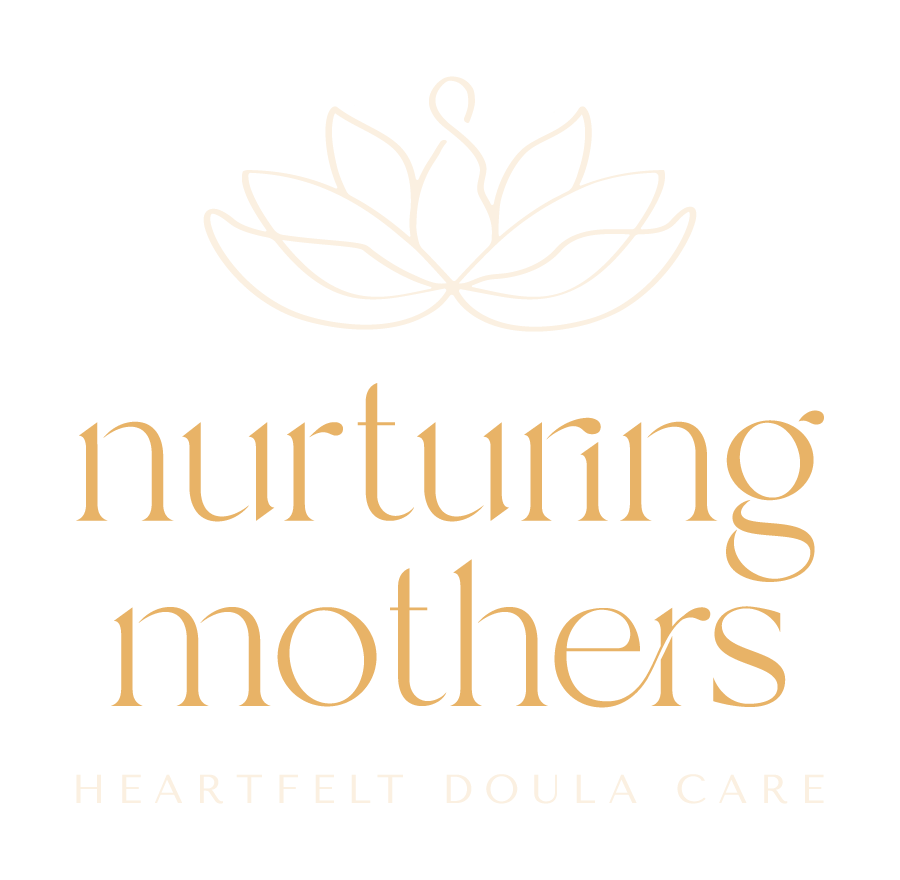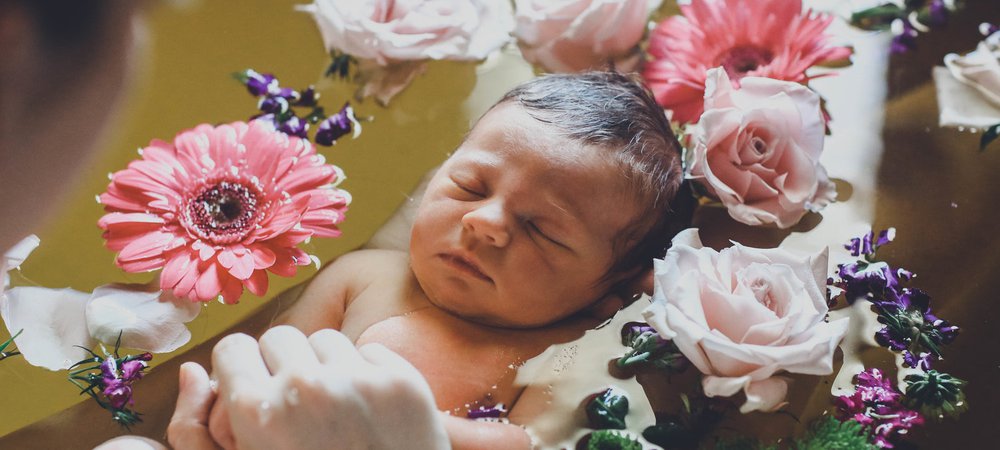
Placenta Fun – Different ways of using and honouring it
Different cultures have different customs when it comes to approaching the placenta. Some bury it, some burn it, some cook it, you name it! But in our western culture we haven’t historically paid much attention to it, nowadays mostly treating it as medical waste. These days, however, we are discovering new and old ways in which you can use and honour your baby’s placenta (other than leaving it for your midwife to dispose of it).
But firstly, let’s clarify what the placenta is and why it’s important.
What is the placenta
The placenta is a (temporary) organ created specifically to grow a baby. It supports and nourishes the growth of a foetus by providing the nutrients, oxygen and hormones it needs and by taking away the toxins and waste produced as it develops, all via the mother’s blood supply. The placenta is also responsible for regulating the baby’s temperature and providing protection against infections.
The placenta is made up of two parts; one created from the baby (the foetal placenta), and another part from the mother’s uterine tissue (maternal placenta).
Can we stop for a moment to acknowledge how amazing this is? Both mother and baby together create a brand-new organ to support the pregnancy and the baby. How cool (and incredibly clever) is that?! I’m perpetually amazed by the human body, and in particular by a woman’s body and every change it goes through in pregnancy and during the postpartum period.
Things to do with the placenta
Because the placenta is such an important, vital part of growing and birthing a baby, many cultures revere and honour it, treating it as a powerful entity on its own. In fact, in some cultures it is referred to as the baby’s first clothing (in Laos), their sibling (in Malaysia and Nigeria), their friend (Nepal) or as part of the baby (Hawaii), with various superstitions surrounding it, believing that how the placenta is treated after birth could have an impact on the baby’s health, temperament, luck and life.
In the western world though, we’ve mostly treated the placenta as waste; tissue and flesh that ceases having a purpose and meaning once the baby is born, draws their first birth, and the cord is clamped and cut.
That being said, more recently we’ve been waking up to a world of different ways of treating the placenta. Here are a few things you can do with it:
Use it medicinally
Turned into mother tinctures
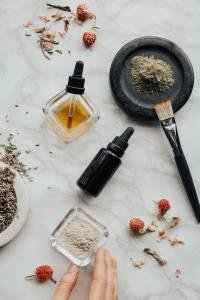 When turned into a tincture (i.e. diluted in alcohol, apple vinegar or vegetable glycerine), it’s believed it can aid when experiencing hormonal imbalances during the postpartum period, that it can help both mother’s and baby’s indigestion and sleep disorders, that it can soothe emotional turmoil or anxiety (e.g. following a traumatic birth, when weaning, etc.), and that it can help manage PMS and menopause symptoms.
When turned into a tincture (i.e. diluted in alcohol, apple vinegar or vegetable glycerine), it’s believed it can aid when experiencing hormonal imbalances during the postpartum period, that it can help both mother’s and baby’s indigestion and sleep disorders, that it can soothe emotional turmoil or anxiety (e.g. following a traumatic birth, when weaning, etc.), and that it can help manage PMS and menopause symptoms.
Because it has a long shelf-life, it can be used for years to come.
Turned into supplements by encapsulation
Another popular use of the placenta for medicinal purposes is encapsulation. The placenta is steamed, dried, powdered and encapsulated in vitamin supplement size pills.
Placenta encapsulation is one way of eating your placenta, and it’s believed that it can help increase your milk supply, boost your energy and mood, prevent postpartum anaemia, and reduce postpartum depression levels.
Eat it
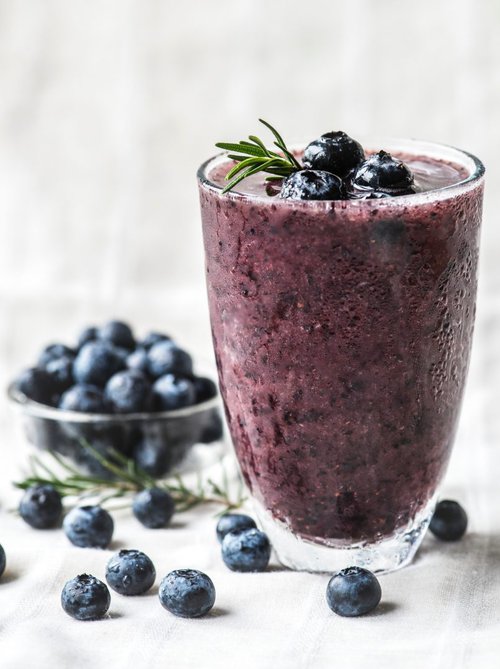 Other mammals eat their placentas and – as with placenta encapsulation – it’s believed this is a way of using the leftover nutrients and hormones to nourish the mother, and the reported benefits are the same as for placenta encapsulation.
Other mammals eat their placentas and – as with placenta encapsulation – it’s believed this is a way of using the leftover nutrients and hormones to nourish the mother, and the reported benefits are the same as for placenta encapsulation.
Some women cook or roast their placenta (think frittatas, chilli, lasagne, etc.), while others choose to eat it raw and blend it into smoothies, or even using powdered placenta for making desserts (e.g. truffles).
Make art
You can choose to make art with your baby’s placenta, such as prints that resemble a tree of life, or using the placental blood as paint.
You can also get jewellery made from the powdered placenta and resin for either yourself or your baby.
Bury it and plant a tree
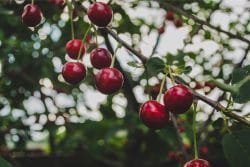 Different cultures hold the custom of burying the placenta, with different beliefs surrounding not only the ritual, but also the place and timing of burial of the placenta. For instance, the Chinese choose the location depending on yin and yang alignments and how this may influence the baby’s chi, while the Maori bury it on tribal grounds to nurture the connection between the baby and the land.
Different cultures hold the custom of burying the placenta, with different beliefs surrounding not only the ritual, but also the place and timing of burial of the placenta. For instance, the Chinese choose the location depending on yin and yang alignments and how this may influence the baby’s chi, while the Maori bury it on tribal grounds to nurture the connection between the baby and the land.
You can choose to plant your baby’s placenta and plant a fruit tree on it so that it may keep on feeding and nourishing your child as they grow up.
Have a lotus birth
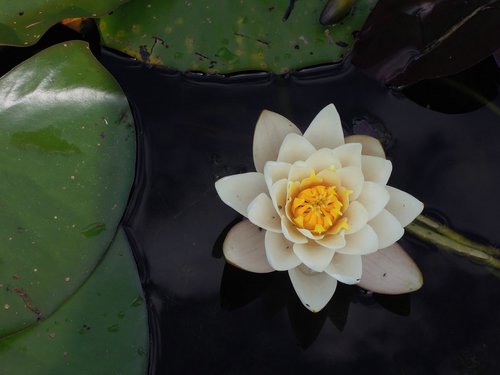 Some people choose not to cut the umbilical cord and let the baby remain attached to their placenta in a practice known as lotus birth. Here the placenta is salted to preserve it and dried herbs are added to it, being then wrapped in a cloth with this dressing of salt and herbs renewed every day until the cord naturally detaches from the baby.
Some people choose not to cut the umbilical cord and let the baby remain attached to their placenta in a practice known as lotus birth. Here the placenta is salted to preserve it and dried herbs are added to it, being then wrapped in a cloth with this dressing of salt and herbs renewed every day until the cord naturally detaches from the baby.
There are different reasons for choosing to have a lotus birth, but some of these include a smoother transition for the baby, and it limits the number of people handling the baby as they will also have to handle and be careful with the attached placenta.
It's your choice
Ultimately, it is your choice what you’d like to do with the placenta. Take time to do your research around the different practices and what they involve, to find professionals/suppliers that you trust to safely handle your placenta (if you choose things like encapsulation or tinctures), and listen to your own feelings and gut, paying attention to what resonates with you (which might even be to choose not to see the placenta and have it disposed of by the midwives). It’s your choice!
If you’d like more information about any of these practices, feel free to get in touch 🙂
You May Also Like

Hyperemesis Gravidarum, and my journey through it
January 25, 2022
Doulas in a time of Social Distancing
April 8, 2020
